The main diseases of garden strawberries
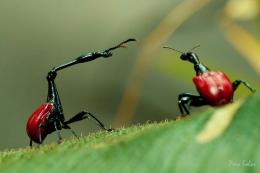
Every gardener dreams of strawberry on his plot pleased with tasty and healthy berries. But diseases and pests of garden strawberries can ruin all the beauty of the harvest.
Content:
Diseases
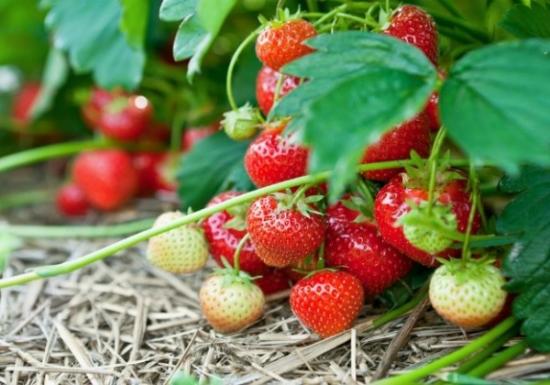
- White spot
Brown spots form on the leaves, which enlarge and turn white in the center. As a result, the sheet becomes holey. There are brown spots on the petioles and tendrils.
The fight against spotting involves thoroughly cleaning the garden and treating the plants with nitrafen until leaves appear.
- Brown spot
Brown spots form on the leaves. After some time, black pads with spores appear on the upper side of the leaf. You can get rid of brown spot in the same way.
- Gray rot
Brown spots appear on the strawberries, and then a gray fluffy coating. Contact with soil increases the likelihood of infection.
To avoid the appearance of gray rot, you need to prevent the appearance of weeds and use ash or lime. Before the leaves appear, you need to treat strawberries with nitrafen, and before flowering - with the "Barrier" preparation. Strawberries can also be planted among onions and garlic.
- Powdery mildew
The leaves turn purple and a white coating appears on them. All aerial parts are affected.
To fight powdery mildew Before flowering, as well as after harvesting, you need to treat strawberries with topaz.
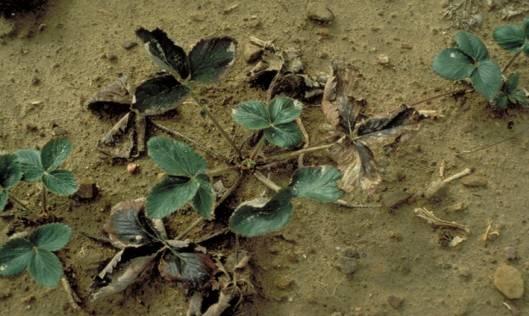
- Verticillium wilt
The base of the bush is affected, as a result the lower leaves fade, and then the rest. Prevention - soil disinfection with nitrafen.
- Greening of petals
Light green spots appear on the leaves. Almost no berries are formed.
To combat greening, you should treat strawberries with karbofos before flowering, as well as after harvesting the fruits, and destroy weeds.
Major pests
To combat strawberry pests, it is better to use natural remedies. After all, children rarely wash berries from the garden.
Nematode
The most common and most harmful among pests is nematode. These are very small, thread-like worms, invisible to the naked eye. Strawberries are inhabited by two types: stem and strawberry. They feed on the juice and tissues of strawberries, destroying them. Plants become deformed and die over time. The harvest is declining sharply.
The stem nematode infects leaves together with petioles and strawberry peduncles. The leaf blades are bent and the petioles are greatly shortened. Thickenings may be visible on the petioles. The plant becomes dwarf-shaped and dies after about 3 years. You cannot take runners from affected plants for propagation, as they are infected.
The strawberry nematode usually inhabits buds, as well as flowers and berries. They are deformed. More often this is strongly manifested on berries of the second and third harvests. If the bushes are severely affected, they become so deformed that they become similar to broccoli bushes. The petioles of the leaves are shortened, the leaves are bent, the tendrils thicken, and the flowers take on an ugly shape. Berries ripened on affected bushes are completely tasteless and severely distorted.
The nematode spreads especially strongly during the wet period. The recommended treatment measure is the biological product Nemabact. It is also necessary to always plant marigolds in strawberry beds.Their phytoncides prevent nematodes from reproducing. This way you will prevent your plantings from spreading. Of course, the nematode will not leave an infected plant. But it definitely cannot spread because of marigolds.
Weevil
Another unpleasant guest of our plantations - weevil. This is a beetle that overwinters right under strawberry bushes. It comes out to “hunt” from the soil when it warms up to +8 degrees. By this period, the strawberries are just starting to come out with flower stalks and the buds themselves are coming out. It is in this isolated bud that the weevil beetles lay their eggs.
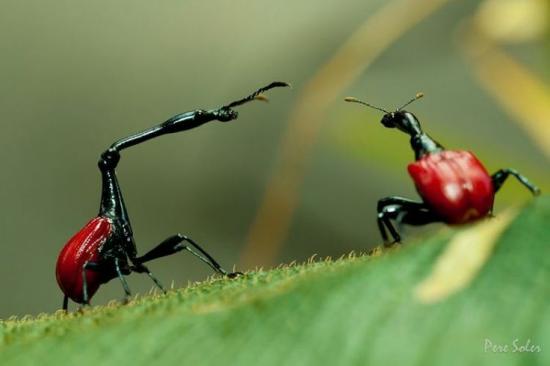
The very first buds of strawberries are usually the largest, and these are the ones that are damaged by this bug. The buds droop and dry out. Can you imagine how offensive it is? Further the weevil goes to the raspberries, so fighting at this moment on strawberries is already pointless.
The weevil will return by the time the strawberries have fresh shoots of growing leaves. Their bites can also be noticed by such pinpricks that appear after their return. It is they who feed on fresh plant sap before wintering.
They winter, as mentioned at the beginning of the section, right there, right under the strawberry bushes.
The treatment periods depend on the described phases of insect development. Treat the area three times. The first time - at the stage of bud separation on strawberries, then at the moment of bud separation on raspberries, and then during the appearance of punctures on young strawberry leaves. They use the herbal preparation Fitoverm, as well as infusions from weeds.
Diseases of garden strawberries should be taken seriously and their occurrence should not be ignored. And to avoid problems with major pests, use our recommendations.Then this berry will thank you generously.

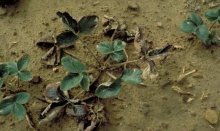

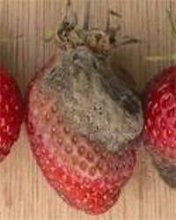
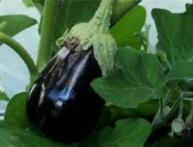
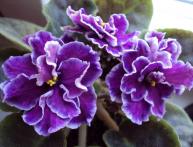
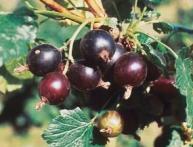
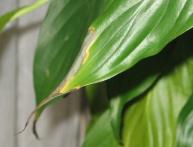

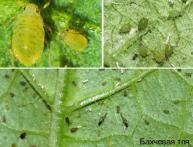
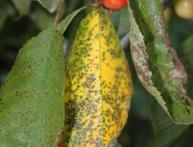
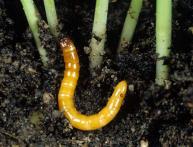
Comments
But I have another problem, I was overcome by slugs. I delayed harvesting a little and most of it was eaten. I’ve already spilled ash and lime between the rows, I can’t do anything. Can anyone tell me how to get rid of it?
My strawberries are often affected by gray rot, especially if it rains; fortunately, no other diseases have been noted so far. I heard that you can put straw between the rows in order to avoid contact of the berries with the ground. I wonder if this remedy will help?